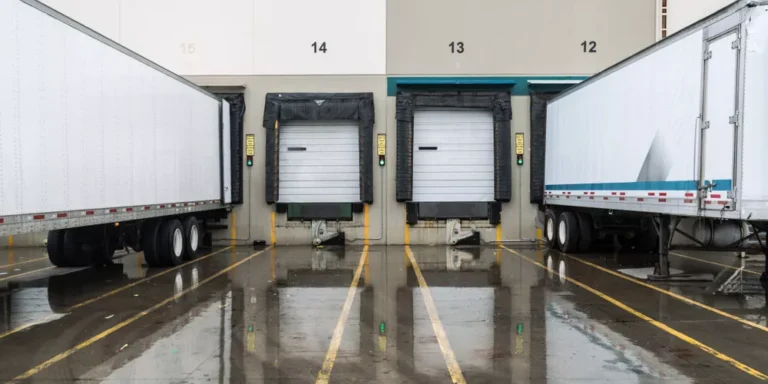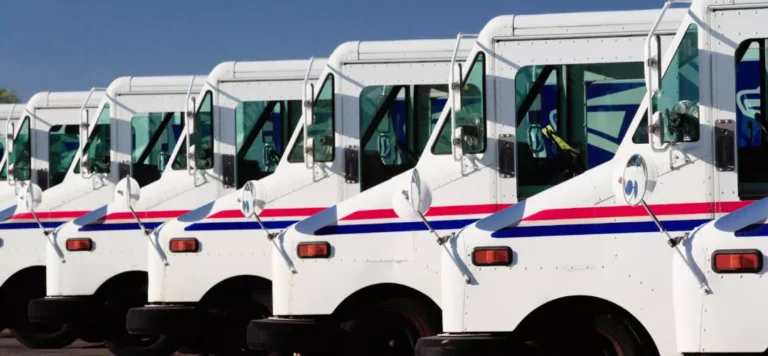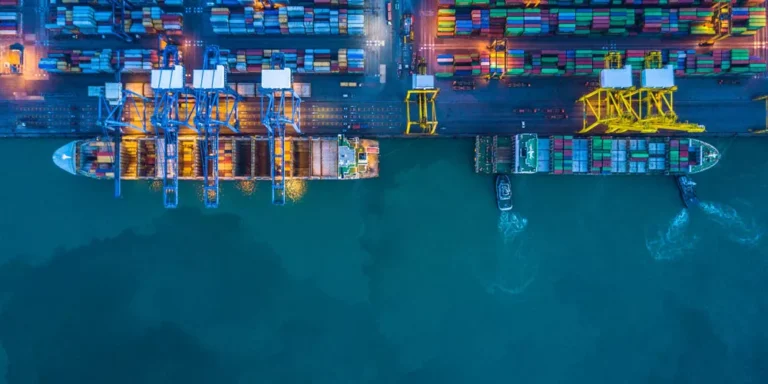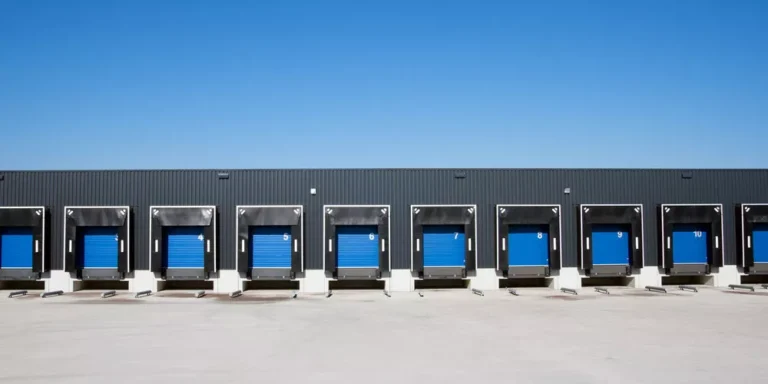Understanding the Basics of Freight Payment vs. Freight Settlement
Transportation technology constantly offers freight carriers with additional ways to streamline their administrative and billing tasks. One way to remove complexity with contracts and invoicing involves freight settlement processes.
Companies ship freight on two scales: small and large. Yet as shipments increase, the invoicing and billing transactions become more complicated. Shippers often do these tasks manually. A large amount of transaction data is created as the shipment moves between different modes of transportation and carriers. The freight forwarder must gather all this information, verify that workers performed shipment tasks stated in contracts, and perform comparisons to the shipper’s rate files.
The constant shuffle of data and invoices between the shipper and the carrier may lead to billing errors and erroneous claims. Typically, invoicing and billing works on a match-pay system called freight payment that commences after delivery is made. Now, however, more companies are moving to a freight forwarders settlement for shipping transactions.
FREIGHT PAYMENT VS. FREIGHT SETTLEMENT
What Is Freight Payment?
Freight payment is a transaction process that has been used since the 1980s. It involves a match-pay process where the shipper’s rate and the freight forwarder’s invoice are compared to make sure the entire transaction checks out accurately.
The one thing that makes the freight payment system onerous is that the process happens after shipment delivery. The carrier’s invoice can contain certain circumstances that could have occurred during shipment, such as weather and traffic, that may change the final price. Even special shipments might impact what the freight forwarder feels is owed to it.
When this occurs, the carrier’s invoice is compared to the shipper’s rate file. The carrier’s circumstances and modified rate are compared to what the shipper’s rates are on file when taking those special circumstances into account. The carrier and shipper constantly pass the files back and forth while checking their rate books. This process may lead to inaccuracies and errors.
What Is a Freight Forwarders Settlement?
A freight forwarder settlement is a process where the carrier and the shipper agree on a price before the shipment is sent, while taking in factors such as time, traffic, weather, loading/unloading speed, and other variables. They agree with the type of payment system to use to streamline the invoicing and billing process.
With both parties agreeing on the contract rate beforehand, it eliminates the need for comparing rates when the shipment arrives at the destination. The payment is automatically sent to the carrier without the extensive review process.
FREIGHT SETTLEMENT PROCESS
The settlement process is straightforward from the moment when the carrier and shipper agree to work with each other. The process involves the following steps:
- Rate Contract Agreement:Both parties agree on the shipment rate, or contract rate, as well as about using a single payment system.
- Service Cost Variables:The carrier and shipper hash out how rates may change based on unforeseen circumstances. They negotiate price changes to minimize how much the end rates may change.
- Proof of Delivery:The carrier provides proof of delivery for the shipment that offers data regarding routing, transit time, and pickup.
- Automatic Payment:After receiving proof of delivery, the transaction system is triggered as the payment is automatically sent to the carrier without any further review.
WSI FREIGHT BROKER SERVICES
More carriers and shippers are looking for advanced transaction processes to make billing and invoicing easier. Transportation technology has offered a range of options to reduce billing errors and increase transaction accuracy.
WSI is a third-party freight broker that has freight bill audit and payment services. Our services help reduce costs, increase efficiency, and promote billing accuracy. For more information, contact WSI.
About the Author

WSI Team
WSI is one of the largest privately held 3rd party logistics companies in the U.S. and spans a nationwide distribution network with global logistics reach.







